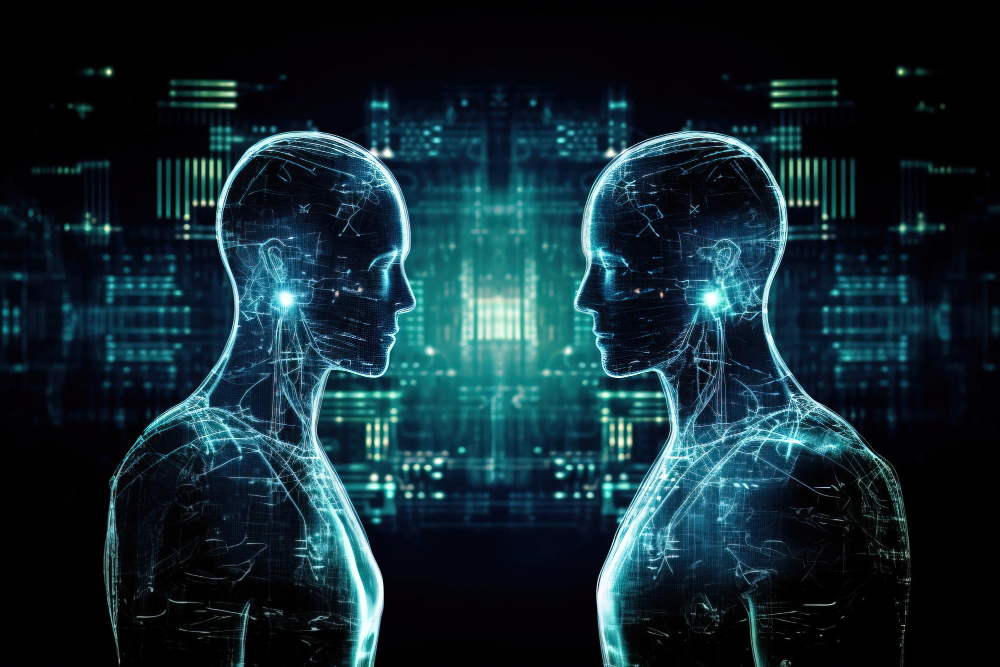The notion of a “digital twin” is no longer just a scientific fantasy but a present reality with profound implications. A digital twin is essentially a virtual model of a process, product, or service. This pairing of the virtual and physical worlds allows for data analysis and system monitoring to prevent problems before they occur, prevent downtime, develop new opportunities, and even plan for the future using simulations.

Post Contents
Understanding Digital Twins
Imagine a digital replica of yourself, not just physically, but one that mirrors your habits, preferences, and behaviors. Powered by AI, these digital twins are designed to predict behaviors, optimize routines, and even make decisions on your behalf. Initially used in manufacturing and urban planning industries, the concept has seamlessly transitioned into personal applications, blurring the lines between identity and digital representation.
The Rise of AI Doppelgängers
As AI technology advances, it has facilitated the creation of AI-generated look-alikes, or “doppelgängers.” These entities resemble you and can also act and speak like you. They are employed in various sectors such as customer service, entertainment, and even for personal assistants. The implications are vast and complex, spanning privacy concerns, ethical boundaries, and personal security.
Legal and Ethical Considerations
The legality of AI doppelgängers inhabits a grey area in cyber law. As per insights from ExpressVPN, without stringent regulations, the misuse of AI in creating unauthorized digital replicas poses significant privacy breaches and identity theft risks. It raises questions about consent and the moral boundaries of AI use in digital replication.
Protecting Your Digital Identity
To safeguard against potential misuse of your digital twin, proactive steps are essential:
- Educate Yourself: Stay updated on the latest in AI advancements and digital security measures.
- Audit Your Digital Footprint: Regularly check your online presence and adjust privacy settings accordingly.
- Secure Your Data: Utilize robust encryption for your digital data and secure your internet connections.
- Legal Recourse: Be aware of your rights concerning digital content and identity. Reporting violations can help curb unauthorized uses.
Conclusion
The intersection of AI and digital identity presents a paradox of innovation and vulnerability. As technology forges ahead, the concept of digital twins opens up a new frontier in human-technology interaction. This evolving landscape necessitates a balanced approach to embrace the benefits while mitigating risks. Protecting our digital identities is a personal responsibility and a collective necessity in the digital age.
Maintaining an informed and vigilant stance will empower us to navigate this complex domain, ensuring our digital and real-life personas are secure and respected.